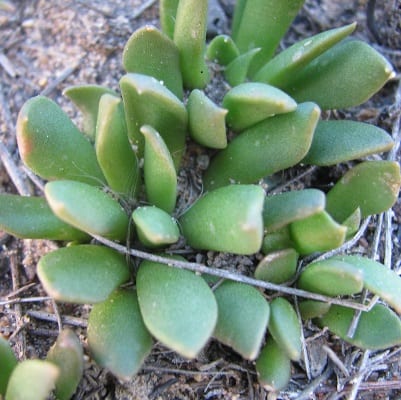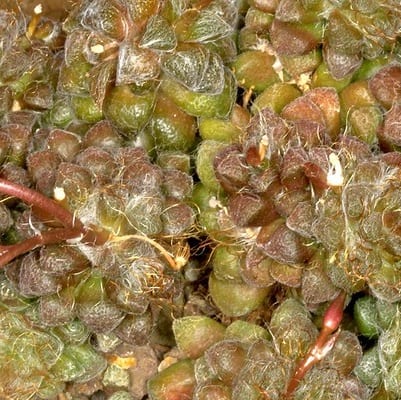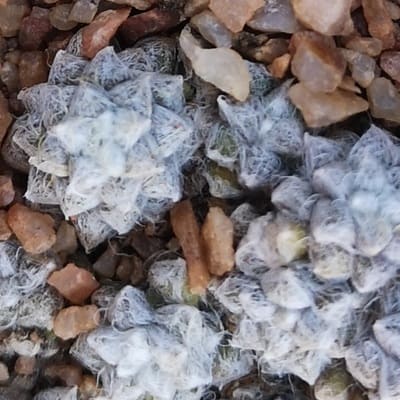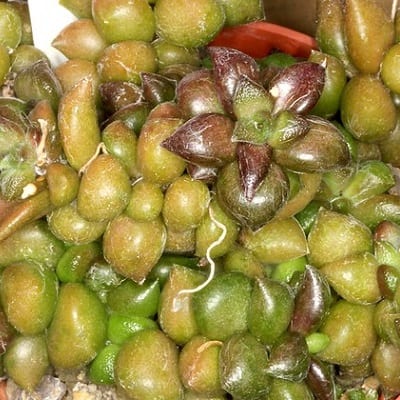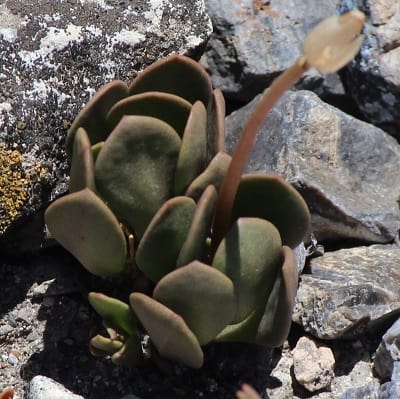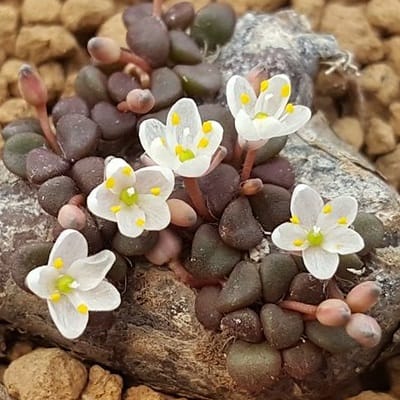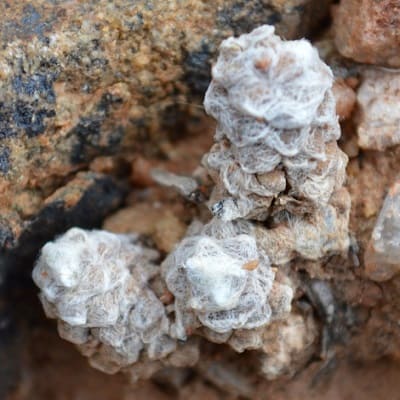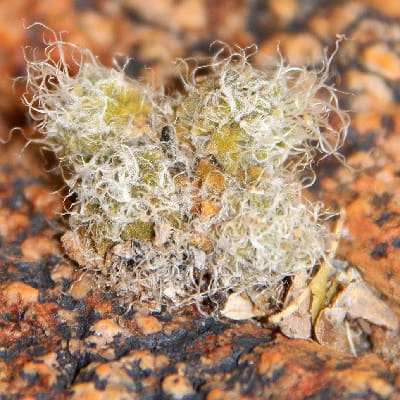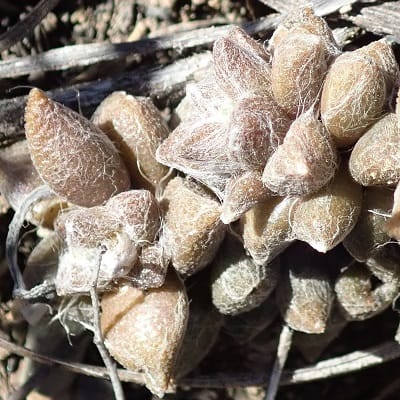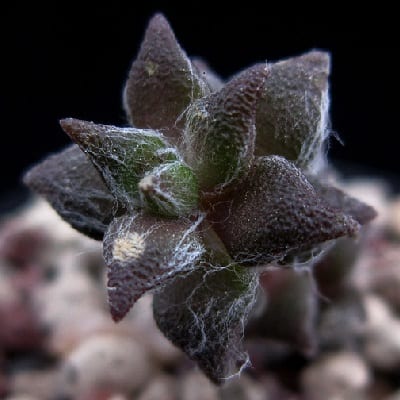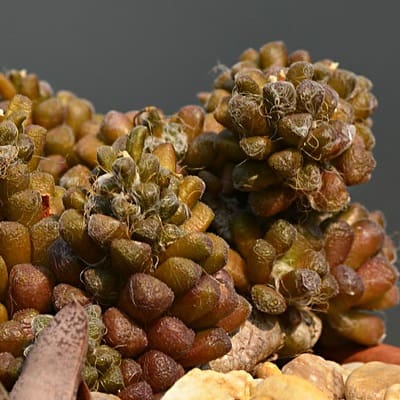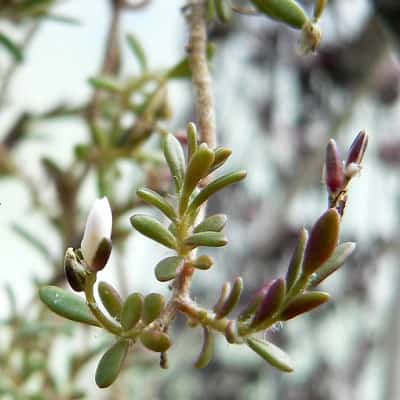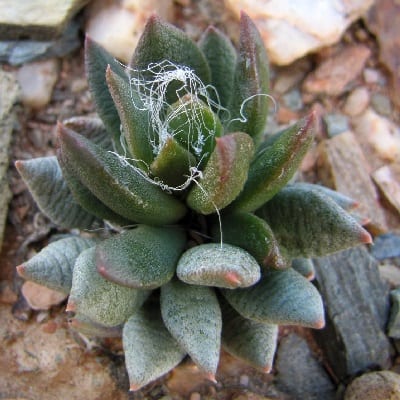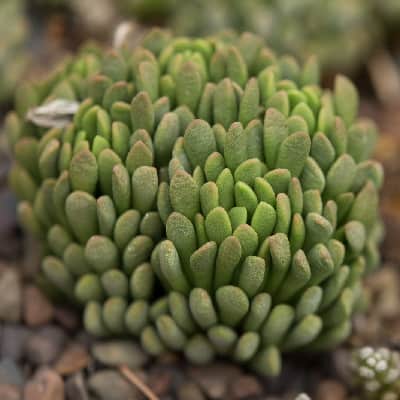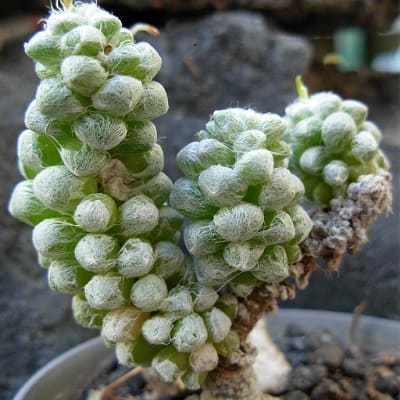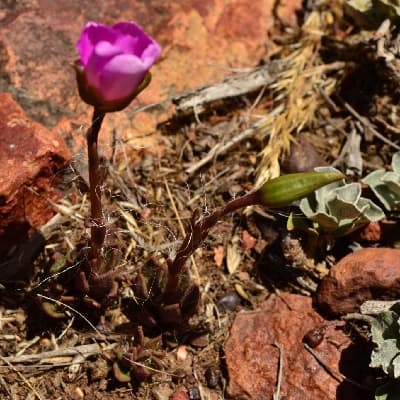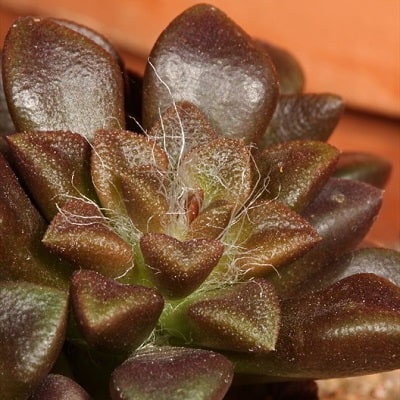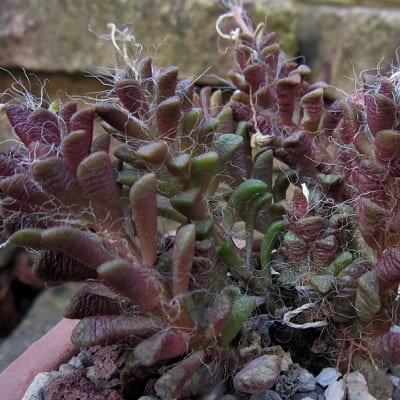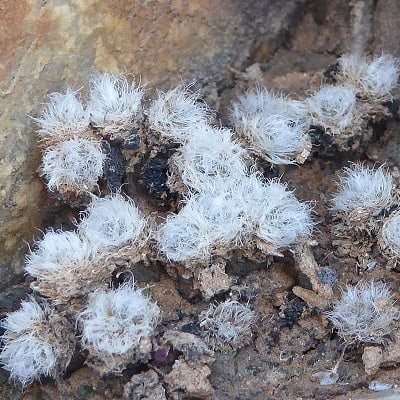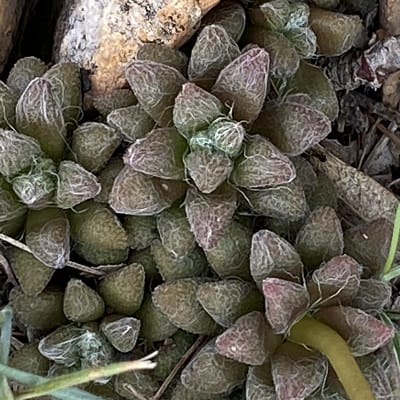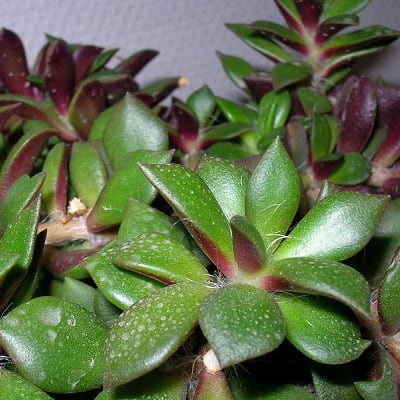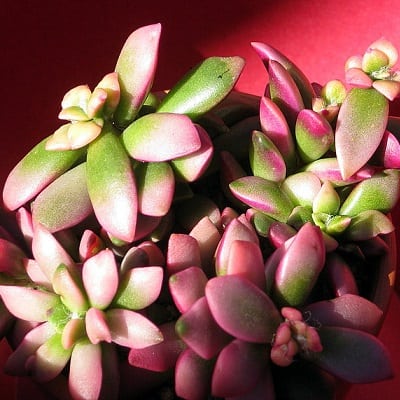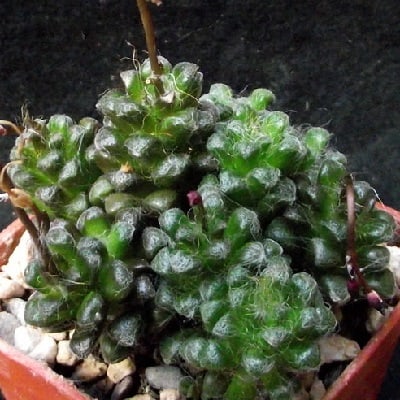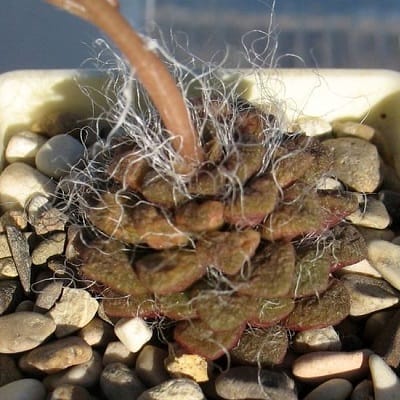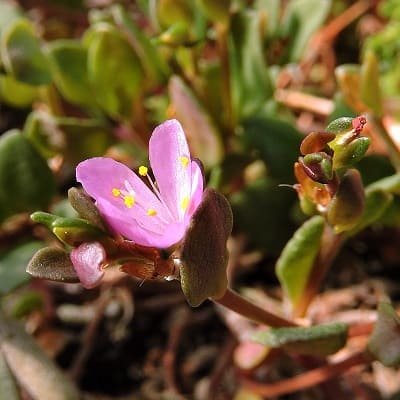25 Anacampseros Beauties You Need in Your Succulent Collection
Succulents are Mother Nature’s little gems that captivate plant enthusiasts with their striking forms and vibrant colors. Among these treasures lies the wondrous Anacampseros genus, a delightful collection of petite yet enchanting succulent varieties native to South Africa. Prepare to be spellbound as we unravel the allure of these charming plants, guiding you through their diverse types, care essentials, and propagation secrets.
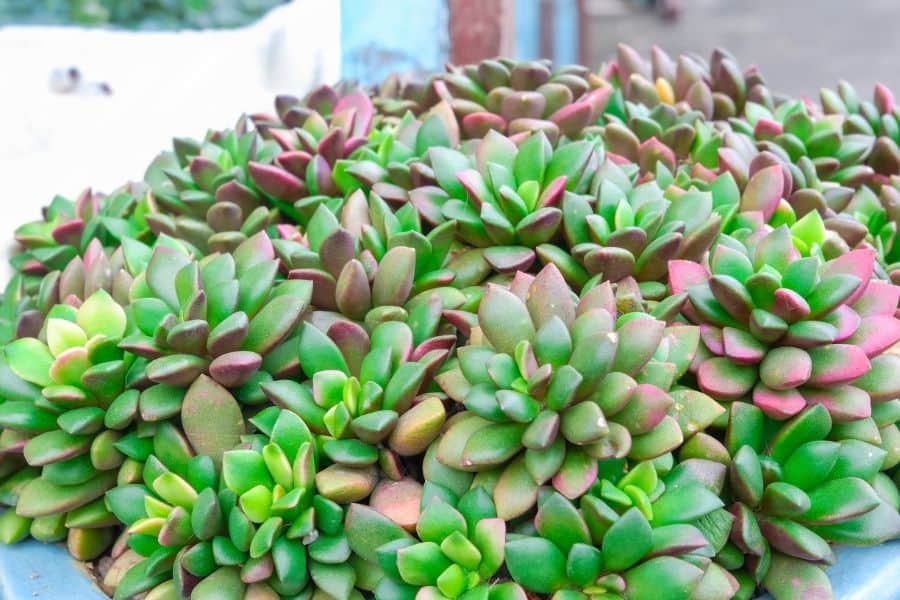
Contents
Anacampseros Varieties
The Anacampseros genus boasts a myriad of species, each with its unique charm and appeal. Some of the most sought-after varieties include:
- Anacampseros rufescens: Adorned with plump, reddish-purple leaves, this compact succulent is an absolute stunner.
- Anacampseros telephiastrum: Exhibiting a carpet-forming growth habit, this species features tiny, triangular leaves and delicate pink blooms.
- Anacampseros filamentosa: The fuzzy, white hairs adorning its leaves give this variety an irresistible velvety appearance.
- Anacampseros arachnoides: Resembling a miniature spider plant, this unique species boasts intricate webbing around its leaves.
- Anacampseros affinis
- Anacampseros albidiflora
- Anacampseros alta
- Anacampseros arachnoides
- Anacampseros coahuilensis
- Anacampseros comptonii
- Anacampseros crinita
- Anacampseros densifolia
- Anacampseros filamentosa
- Anacampseros gracilis
- Anacampseros karasmontana
- Anacampseros kurtzii
- Anacampseros lanceolata
- Anacampseros marlothii
- Anacampseros namaquensis
- Anacampseros nebrownii
- Anacampseros retusa
- Anacampseros rufescens
- Anacampseros scopata
- Anacampseros subnuda
- Anacampseros telephiastrum
- Anacampseros telephiastrum variegata
- Anacampseros tomentosa
- Anacampseros vanthielii
- Anacampseros vulcanensis
Read also:
1,000 Types of Succulents with Pictures
Caring for Your Anacampseros
To ensure your Anacampseros thrives, follow these essential care guidelines:
Light
These sun-loving succulents revel in bright, direct sunlight for at least 6 hours a day. Provide ample morning sun and some afternoon shade to prevent scorching. If you cannot provide sufficient natural light, you can supplement with grow lights. Use full-spectrum LED grow lights placed 6-12 inches (15-30 cm) above the plants, and keep the lights on for 12-16 hours per day.
Water
Anacampseros prefer a “soak and dry” watering approach. Water thoroughly, allowing the soil to dry out completely between waterings. During the winter months, reduce watering to once a month or less.
Soil
A well-draining soil mix is crucial for Anacampseros. Combine equal parts of potting soil, coarse sand, and perlite or pumice for optimal drainage and aeration.
Temperature
These hardy plants can withstand a wide range of temperatures, from as low as 40°F (4°C) to as high as 90°F (32°C). Avoid exposing them to extreme cold or heat.
Fertilizer
During the growing season (spring and summer), feed your Anacampseros with a balanced, water-soluble fertilizer diluted to half-strength every 4-6 weeks.
Anacampseros Propagation
Propagating Anacampseros is a delightful and rewarding experience that will allow you to multiply your collection effortlessly.
From Seeds
Start by obtaining high-quality seeds from a reputable source. Sow the seeds in a well-draining seed-starting mix, lightly covering them with soil. Mist the soil to keep it evenly moist, and place the container in a warm, bright location. Once the seedlings emerge, gradually introduce them to more sunlight and water sparingly.
From Cuttings
- Carefully remove a healthy offset or leaf from the parent plant, ensuring you have a clean cut.
- Allow the cutting to callus over for a few days by placing it in a warm, dry area.
- Fill a shallow tray or pot with a well-draining succulent soil mix.
- Gently press the calloused end of the cutting into the soil, firming it in place.
- Water sparingly, just enough to keep the soil slightly moist.
- Place the tray in a bright, warm location, and watch for new growth in a few weeks.
With their captivating forms, vibrant colors, and easy-care nature, Anacampseros succulents are a must-have addition to any plant lover’s collection. So, embrace the allure of these South African beauties and embark on an enchanting journey of cultivation and propagation!
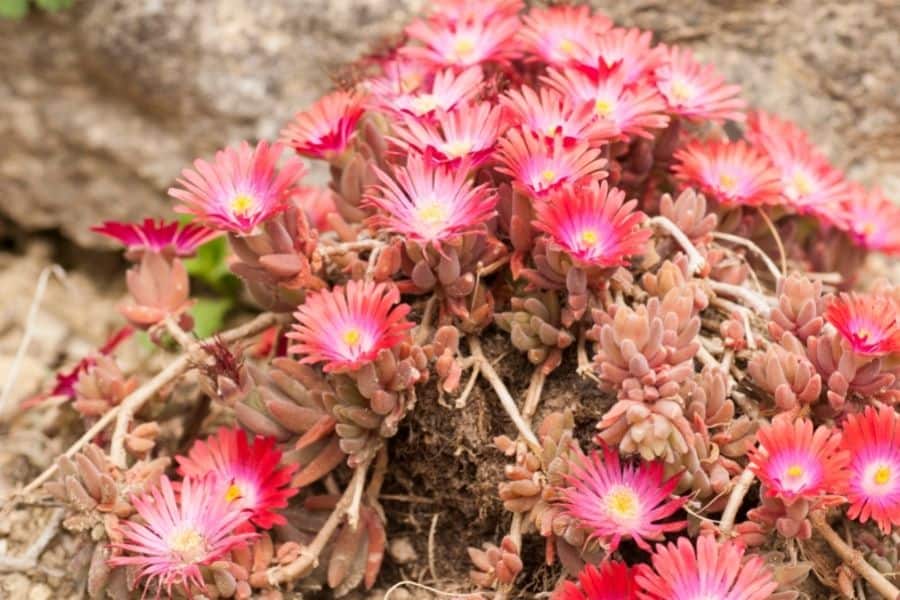
Is Anacampseros Toxic?
There is limited research on the toxicity of Anacampseros plants. However, they are not listed as toxic by reputable organizations like the American Society for the Prevention of Cruelty to Animals (ASPCA). Some traditional medicinal practices even utilize certain Anacampseros species for their potential anti-diabetic properties, although these claims lack scientific validation. While Anacampseros plants are generally considered safe, it’s always wise to exercise caution, especially if you have pets or young children at home. If you have concerns, consult a veterinarian or professional for guidance.
Parting Thoughts
With their mesmerizing forms, vibrant colors, and easy-care nature, Anacampseros succulents are a delightful addition to any plant lover’s collection. Now that you’re armed with the knowledge of their diverse types, care essentials, and propagation secrets, you can confidently embark on an enchanting journey of cultivation. Embrace the allure of these South African beauties, and let their charm transform your indoor or outdoor spaces into a succulent paradise.

